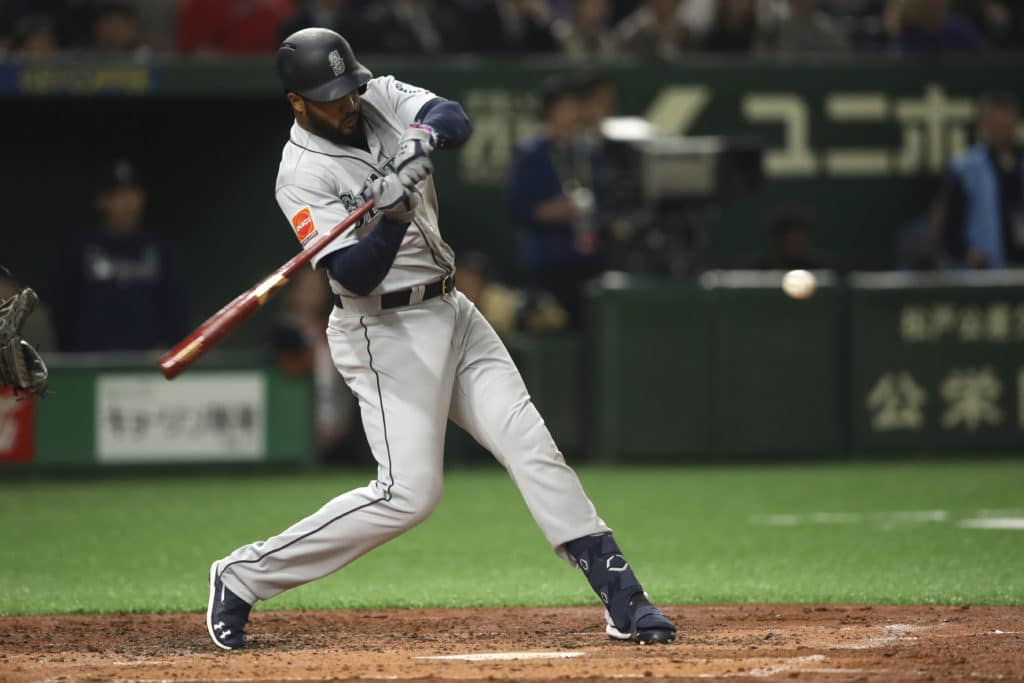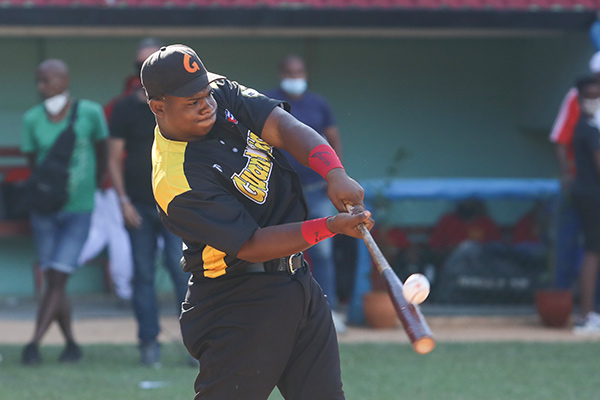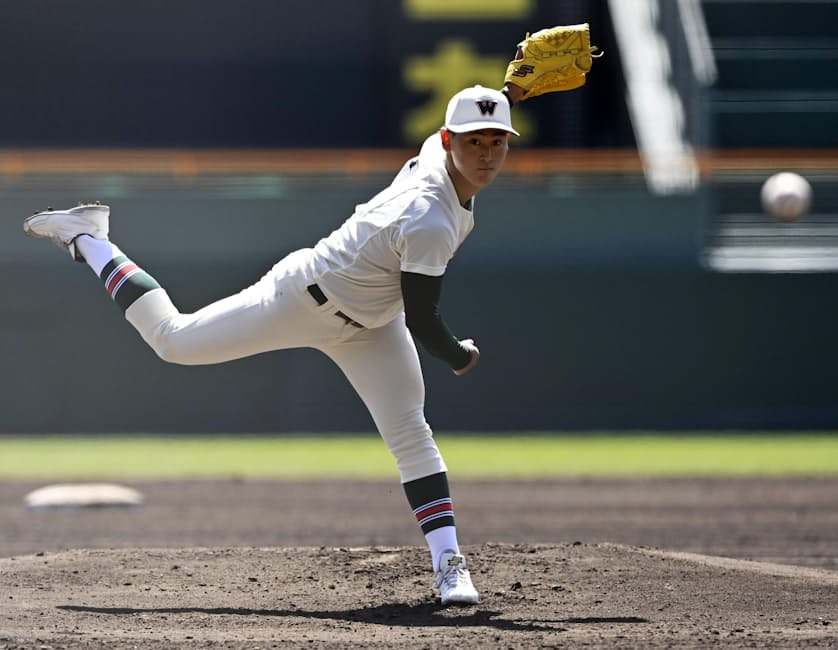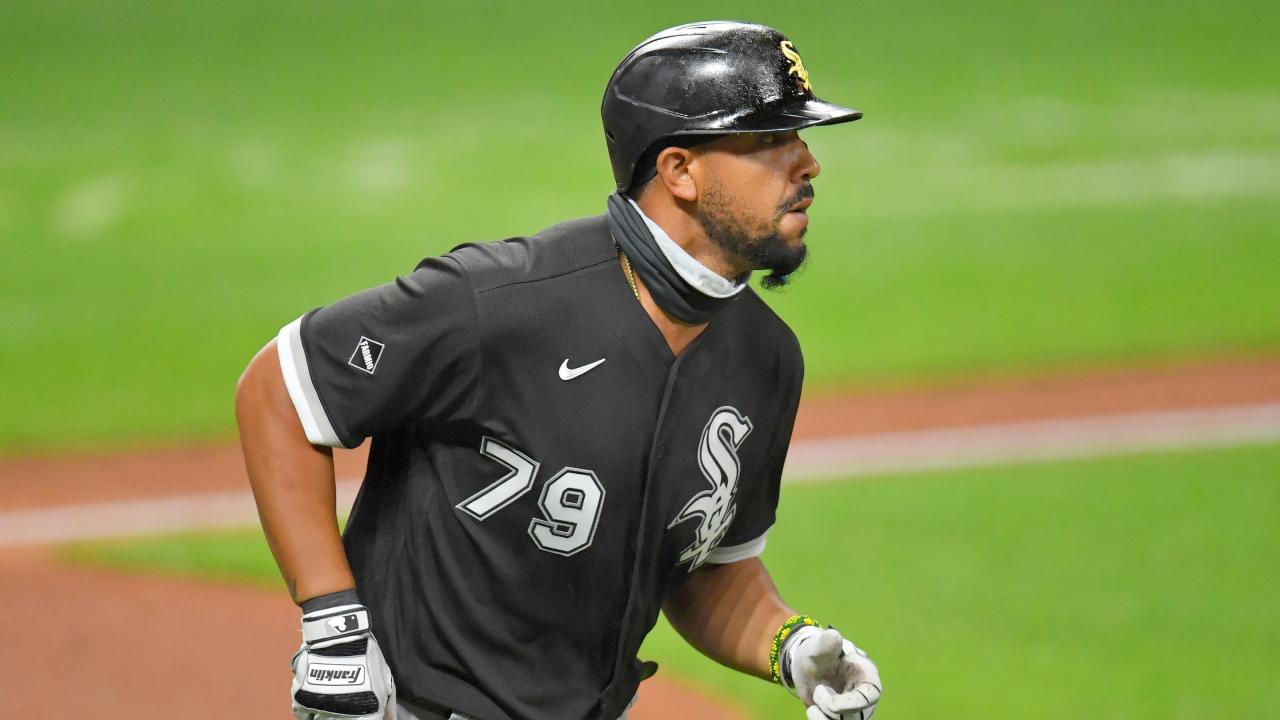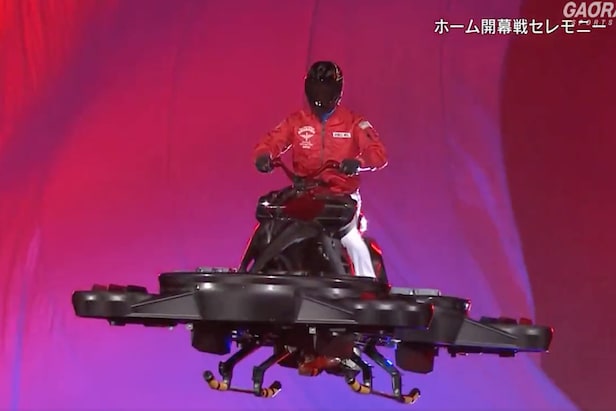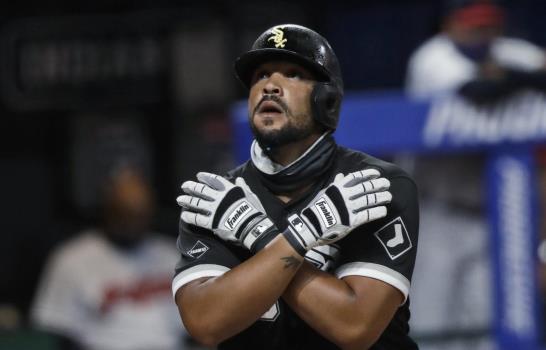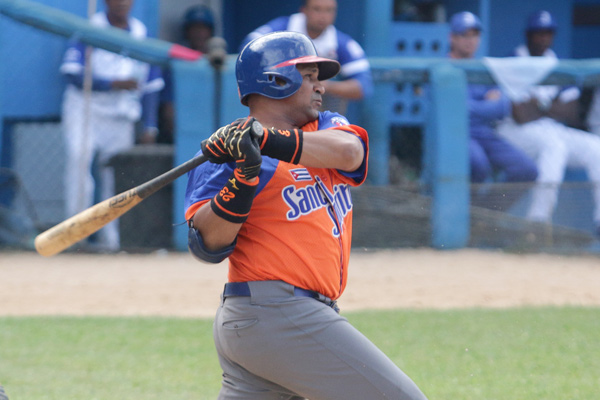Re: Winter/Fall/Latin/Asian/World Ball
Posted: Wed Mar 23, 2022 11:13 pm


[Breaking news] 6th day 2nd game 2nd round Urawa Gakuin (Saitama) -Wakayama Higashi / Senbatsu
2022/03/24 11:16
high school baseball
Koshien Stadium where the 94th Selected High School Baseball Tournament is held
Sixteen teams started the first round. Eight were eliminated. Round 2 begins with the eight surviving teams.
94th Selected High School Baseball Tournament 6th Day 2nd round, 2nd Game (Urawa Gakuin-Wakayama Higashi.
In the first round, Urawa Gakuin Left-handed pitcher Miyagi was sharp and pitched a shut out on 2 hits with 13 strikeouts.
Urawa Gakuin hitting was destructive and hits were endless. Can Wakayama Higashi demonstrate batting line shown in their last game and get off to a quick start?
[ Japan is obsessed with high school baseball ]
The annual Koshien Stadium competition is the closest thing to a national festival
ROBERT WHITING, Contributing writer
TOKYO --
The biggest sporting event of the year in Japan is a high school baseball tournament held each August at the Koshien Stadium in Nishinomiya, near Kobe, on the north shore of Osaka Bay. Watched by crowds of up to 50,000 per game over two weeks, with live nationwide telecasts reaching millions more, the National High School Baseball Championship has been likened to America's World Series baseball. It is also the closest thing Japan has to a national festival.
Throughout Japan, excitement is already building about this year's competition, due to start on Aug. 6. As usual, the knockout tournament will feature 49 teams that have won regional championships. But how and why a schoolboy competition has become so popular is a story deeply entwined with Japan's turbulent modern history.
In the U.S., baseball began as a professional sport in the mid-19th century, and by the start of the 20th century the modern Major League Baseball system was in place. Throughout its history, amateur games have attracted little attention, and the amateur game now takes a distant back seat to MLB, which draws 70 million fans a year and rakes in $10 billion in revenue.
In Japan, the reverse is true. Baseball was introduced as a student sport by visiting American professors early in the Meiji era, after the country opened its doors to the West in 1868, ending 250 years of feudal isolation. It was Japan's first real group sport, quickly earning a spot among traditional athletic competitions such as kendo and sumo.
But Japan turned baseball, played in the U.S. for relaxation and amusement, into something akin to a martial art, with an emphasis on training, development of spirit and self-sacrifice. As Masaru Ikei, a Keio University professor and author of several books on besuboru (baseball), put it: "Amateur baseball is part of our sports heritage. ... It has been a tool of education used to instill discipline, teamwork and fighting spirit in student athletes."

The national high school championship tournament, launched in 1915 by the Asahi Shimbun newspaper, involved 10 teams and was played in a ballpark in the Osaka suburb of Toyonaka that seated less than 15,000. But the tourney caught on quickly and played to overflowing crowds.
In 1924 the Koshien Stadium opened and became home for the tournament, its stands filled for every game. The stadium, then the largest in Asia, featured vendors and flush toilets, rare at the time, and a stand so large it was tagged the "Alps." In the same year, the Mainichi Shimbun newspaper established a five-day spring invitational tournament, and by the time a professional league was established in 1936 the Summer Koshien tournament was entrenched as Japan's most popular sporting event, with the spring tourney not far behind.
The two tournaments have since been held annually, except for 1942-45, during World War II, when the movement of students was banned. During that period the stadium was used for grenade-throwing contests and other military purposes. An iron roof was torn down and used as war materiel, but Koshien survived firebombing in August 1945.
Despite a postwar surge in professional baseball, led by home run stars Sadaharu Oh and Shigeo Nagashima of the highly popular Yomiuri Giants team, the high school tourneys have retained their magical pull -- especially the summer festival, which has been called by many Japanese writers the "ultimate crucible of youth."
Shaven-headed players, looking like Buddhist priests in training, give their all to bring victory to their hometown supporters, sliding headfirst into bases at every opportunity. Indeed, the long history of Koshien brims with tales of players overcoming adversity -- as well as choking heat and humidity -- with stoutness of heart.
My own history with Koshien started in 1969 when I sat in a Shinjuku coffee shop and watched one of the most remarkable athletic performances in history. A blue-eyed 18-year-old named Koji Ota, the offspring of an American/Japanese mixed marriage, led Misawa High School into the final, pitching the equivalent of two full games in a scoreless match that was called off after 18 innings and more than four hours of play due to nightfall. Ota had also pitched complete games on the previous two days, and was back the following day for the replay, throwing another full game in a 4-2 defeat.
Such intensive pitching is regarded as dangerous in the U.S. -- where three to four days of rest after pitching a game is standard procedure to avoid damage to the throwing arm. In Japan, however, the Koshien tournament is regarded as so important that the risk is worth it.
Ota became instantly famous. The following week his picture was on every magazine cover, and a book titled "Let's Go Ota!" quickly hit the bookstores. After leaving school he turned pro, signing with the Kintetsu Buffaloes of Japan's Pacific League, who installed cushioned stadium seats and a special powder room for his adoring female fans. Ota had a mediocre career as a pro. However he scored so high in the annual mid-season All-Star voting by baseball fans that he was selected to the Pacific League All-Star team his first six years in a row. This, despite statistics that ranked him near the bottom of the league in each of those seasons. Today, at 67, he still enjoys national fame as well as a career as a radio and TV commentator.
Over the years I have witnessed many variations on the Ota theme. But I've also seen how austere the system is for everyone involved, requiring a year-round commitment that would tax the resolve of the most dedicated. My nephew recently graduated from a Tokyo high school where he played first base for three years. He was given one day off each year on Jan. 1. The rest of the year was filled with practice -- after school from 4 p.m. to 10 p.m. -- and baseball camps during summer and winter vacations. He spent much of his first year scrubbing floors and cleaning the toilet in the team dormitory.
This was the routine in most schools. Ichiro Suzuki, one of Japan's most famous baseball players, was tasked with doing the team laundry and cooking rice during his first year in high school, and was forced to kneel on the rim of a trash can as punishment for misdeeds. As Suishu Tobita, a former Waseda University manager, put it: "High school baseball is an education of the heart, the ground is a classroom of purity, a gymnasium of morality; that is its essential meaning."

The schoolboy ethos of self-sacrifice, team loyalty, obedience and school pride has its benefits. Even players who appear at Koshien but fail to gain lucrative professional contracts can wind up as well-paid employees of corporations that maintain teams in Japan's industrial leagues. The fact that a man has appeared at Koshien means he will be honored for life -- and in many cases allowed admission to prestigious universities even if not academically qualified.
Critics of the Koshien system have suggested many ways to improve the event, such as moving it to cooler climes to escape the oppressive heat of the Osaka summer and providing more days off between games to ease the stress on pitchers' arms. But such suggestions have been met with overwhelming indifference.
The only significant changes have been the introduction in 2013 of a rest day after the quarterfinals, and a lowering of the cap on the number of innings from 2000. When the manager of Ofunato High School in Iwate Prefecture took the rare step of sitting a top pitching prospect in the prefectural final this July to protect his arm, it was nationwide news and the subject of great controversy.

Some blame the rigors of the system for a decline in participation in high school baseball in recent years. Yoshitomo Tsutsugo, who plays for the Yokohama-based DeNA Baystars, told a press conference in Tokyo earlier this year that the excesses and strictures of high school baseball were driving people away.
Yet high school baseball has weathered similar slumps before -- including a temporary lack of star power in the early 1980s -- and has always recovered strongly. And as the well-known sports writer Masayuki Tamaki once put it: "The Japanese are addicted to Koshien just the way it is. To change it means it would no longer be the modern manhood rite -- fighting spirit pitted against adversity -- that attracted people in the first place."
The Koshien brand of baseball, it seems, is not in danger of disappearing anytime soon.
<




